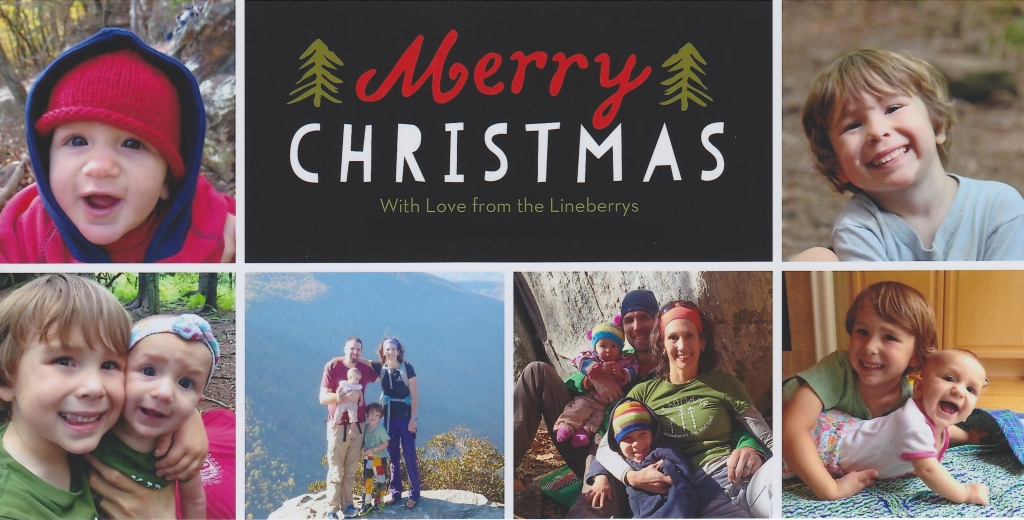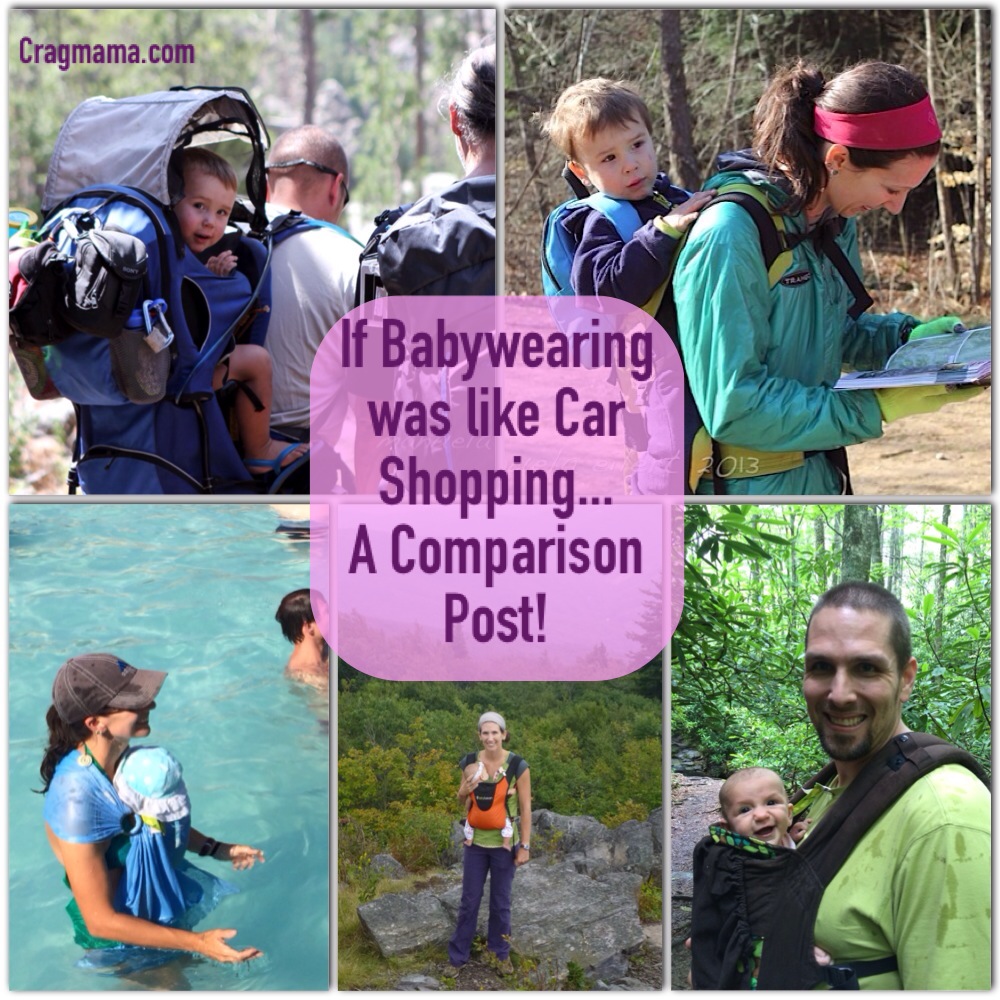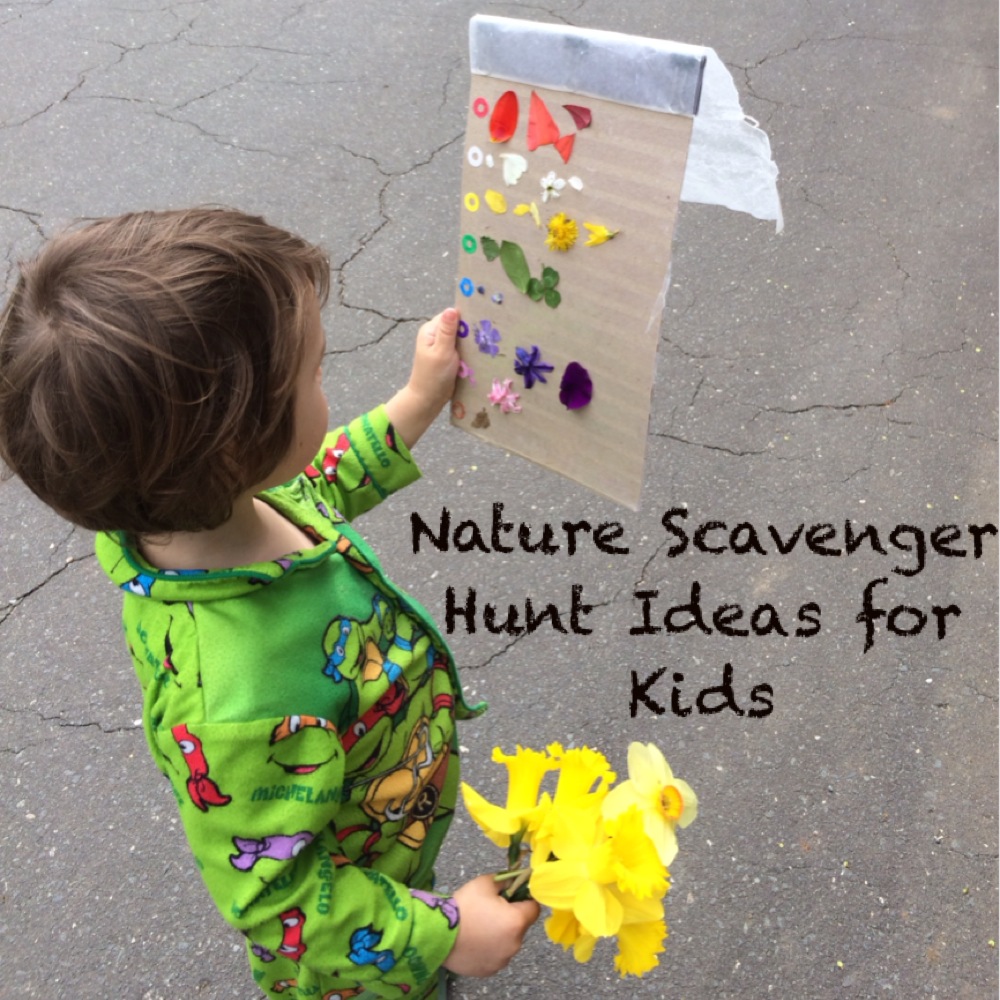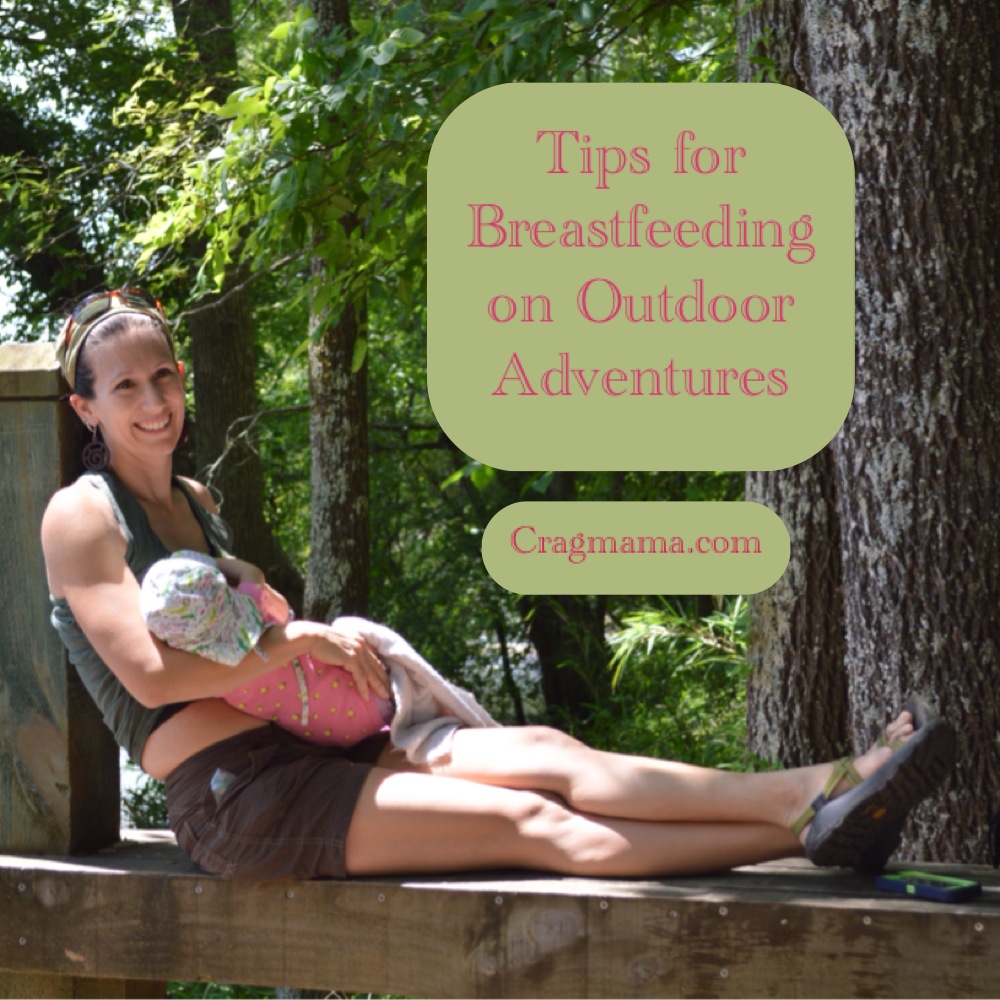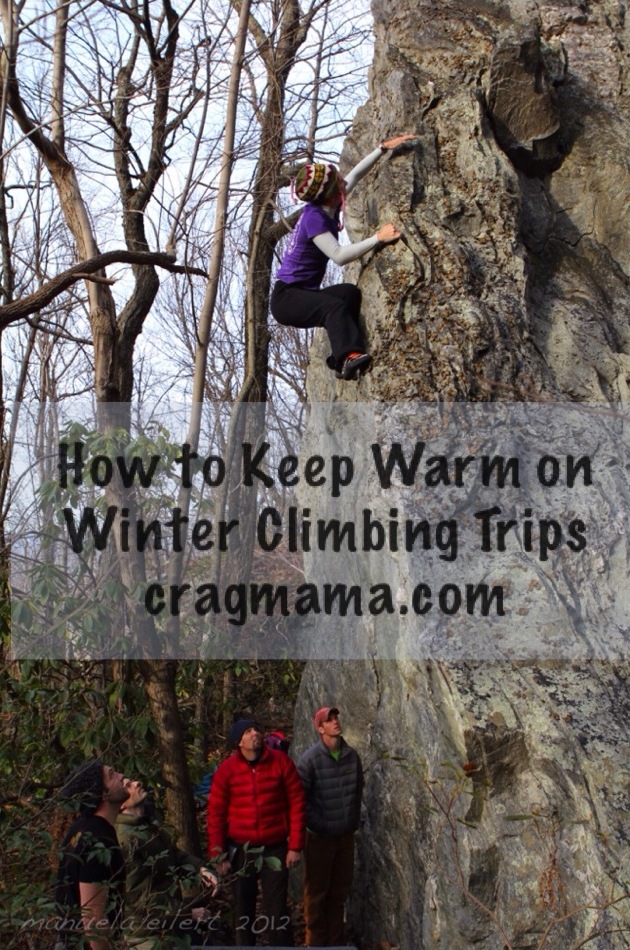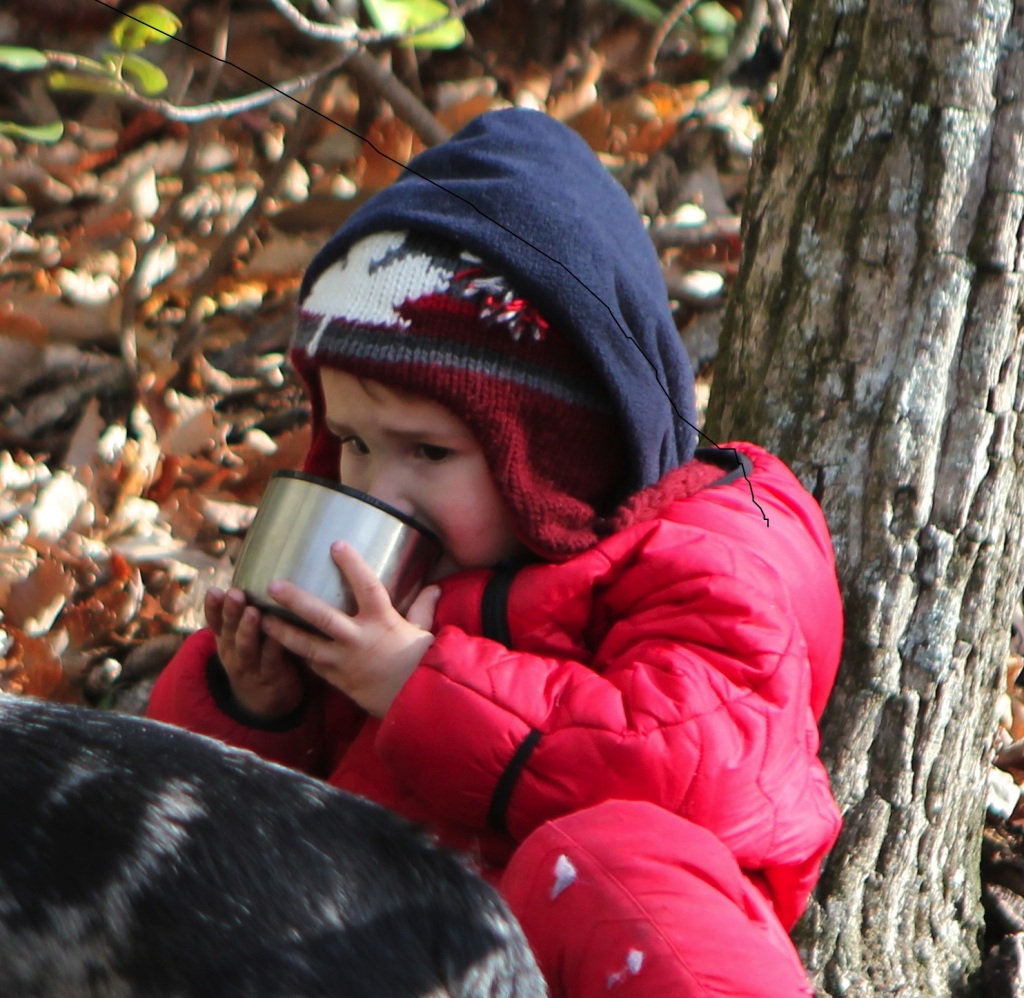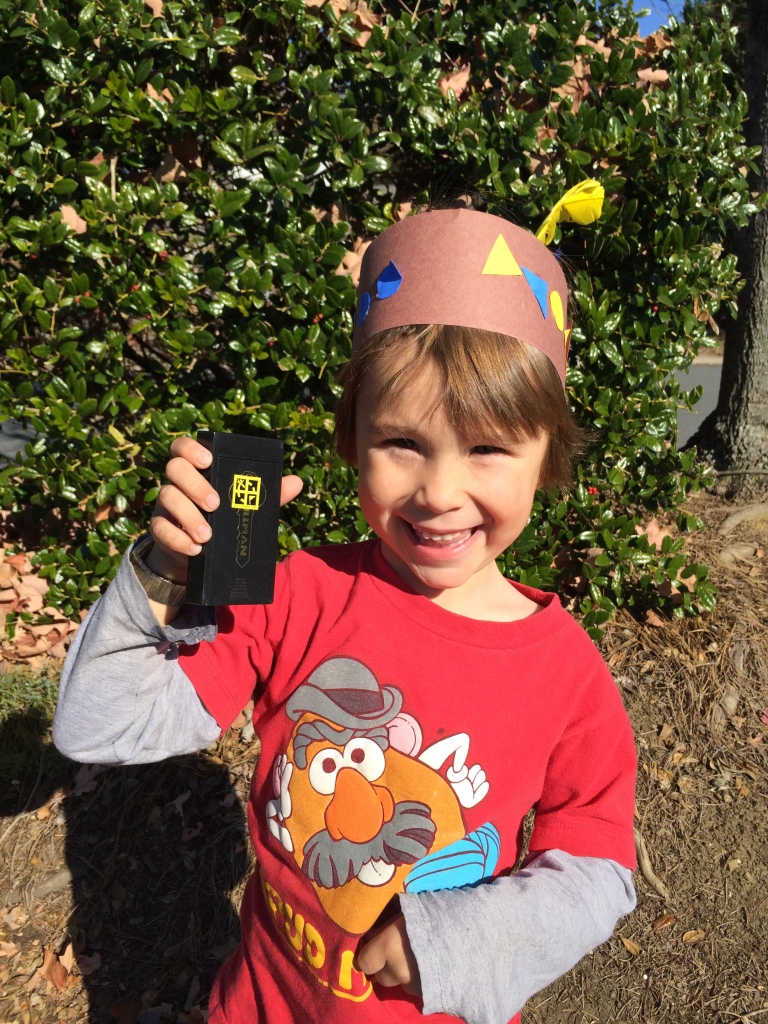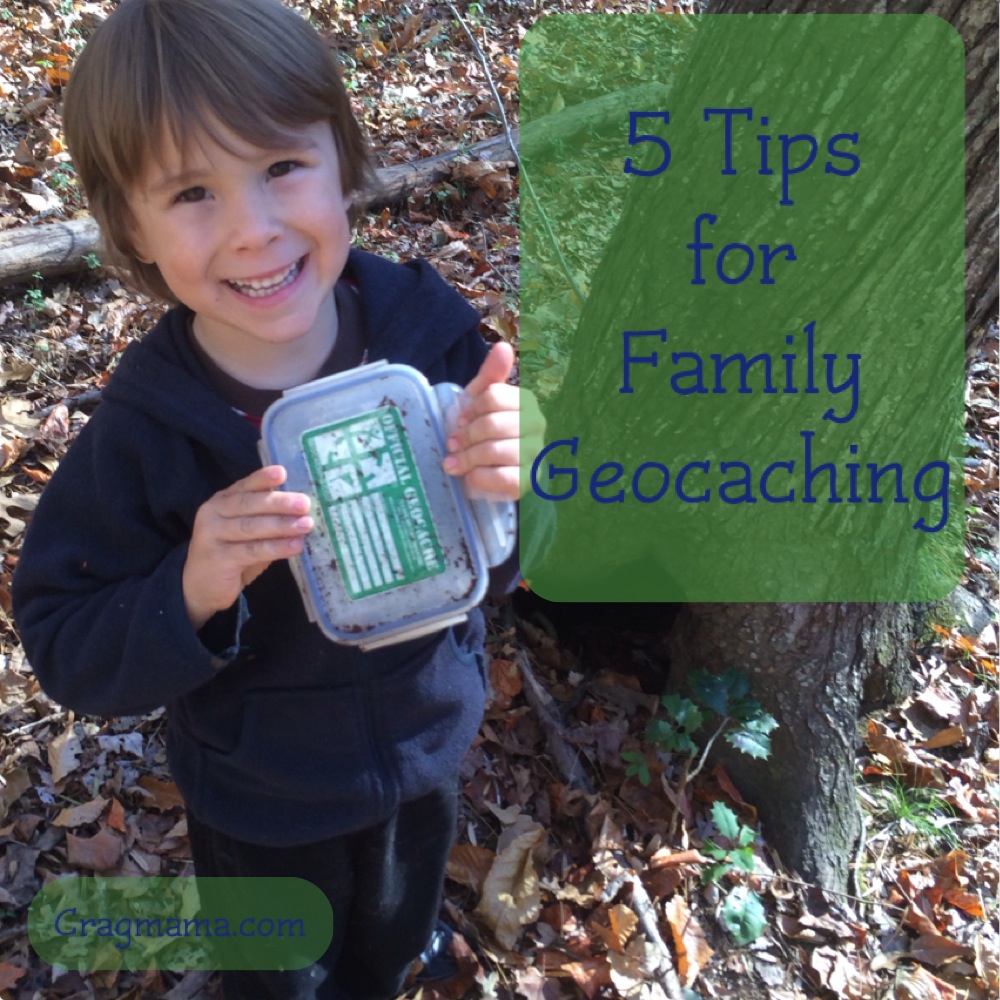The end of the calendar year is a time that a lot of folks use for reflection, including myself. One of the ways I do this on the blog is by revisiting the most popular posts of the year – ie, the ones that generated the most comments, site traffic, social media action, and just overall “buzz.” As a writer it’s helpful for me to see what my readers responded to most. For my faithful long-time readers, it’s a chance to stroll down memory lane and possibly catch up on some goodies that you may have missed earlier in the year. For my newer readers, it’s a chance to get an overview of what this site is really about. So grab a hot cocoa/pop some popcorn/cozy up with your laptop by the fire and read on for the most popular posts from each category in 2014!
ADVENTURES:
Type 2 Fun with a 4 year old – I guess it’s never too early to learn the lesson: “It doesn’t have to be fun, to be fun.”
Crowders Mountain and an Ode to an Old Blue Backpack – Baby Z’s first ride in our Kelty Kid Carrier!
CLIMBING:
“Hey Girl” Memes for Climbing Mamas – Honestly, this was probably one of my favorite posts I’ve ever written. Fun to write, good for a laugh, and easy on the eyes 😉
Climbing Mantras from a Toddler – One of many life lessons I’ve learned from watching my son!
GEAR REVIEWS:
The Best Vehicles for Adventure – I surveyed some fellow outdoorsy families to see which adventure-mobiles rated highest.
If Babywearing Was Like Car Shopping – A comparison post of all the carriers we use, and what we use them for (with a transportation theme!)
GREEN HOUR CONNECTION:
Why Mountain Biking is an Awesome Family Activity – The title says it all. Also included is a video of 3 year old Big C ripping up some of our local singletrack!
How to Cultivate Independent Play in Your Child – In other words, don’t just plop them in front of the TV when you need to get something done!
6 Ideas for Nature Hunts with Young Explorers – Ways to turn a simple neighborhood walk into a search mission!
INTERVIEWS:
Interview with Fellow Cragmama, Melissa Love: Just because you’re a mom doesn’t mean you can’t crank hard!
PRACTICALITIES:
Baby #2: Keeping Your Sanity the 1st Month – Ah, the newborn days…
Climb Time for the Whole Family – Here’s the formula that works best for us.
REFLECTIONS:
Another Reason to Put Your Swimsuit on – This one was sparked by a beautiful article written by Jessica Turner.
Just Love – At the end of the day, The Beatles had it right. All you need is love. 🙂
When Family Outdoor Time Sucks – It’s not always rainbows and roses, folks.
SENTIMENTAL SNAPSHOTS:
4 Years and 1 Proud Mama – Indulge me one proud mama moment, will ya?
Introducing the Newest Cragbaby – …okay maybe two. 😉
TODDLERS AT THE CRAG:
How to Make Hiking Fun for Kids – Whether it’s on the approach to your local crag, or just an afternoon family walkabout.
TRAINING:
Bouldering Circuits: A Quickie Power Endurance Workout – If you’re short on time, this workout is guaranteed to pack a pump in an hour or less.
Pregnancy Workouts for Rock Climbers – Preggo climbing takes on a whole new mindset and end goal than pre-bun-in-the-oven crushing.
CREATING A CRAGBABY:|
Tips for Breastfeeding on Outdoor Adventures – Because nursing a baby is natural, it doesn’t mean it’s EASY!
Crag Naps 101 – Sleeping tips for outdoor adventures.
So there you have it – the most liked, shared, tweeted, and talked about posts from 2014. Now’s a chance for your voice to be heard – what would you like to see on this list in 2015? Trip reports on specific areas? More/less reflective posts? Specific training advice? Any particular piece of gear you’d like to see reviewed or in a giveaway? Please don’t hesitate to make a suggestion! (And if you’re still in the reading mood, click here for the most popular of 2013, 2012, and 2011!)

